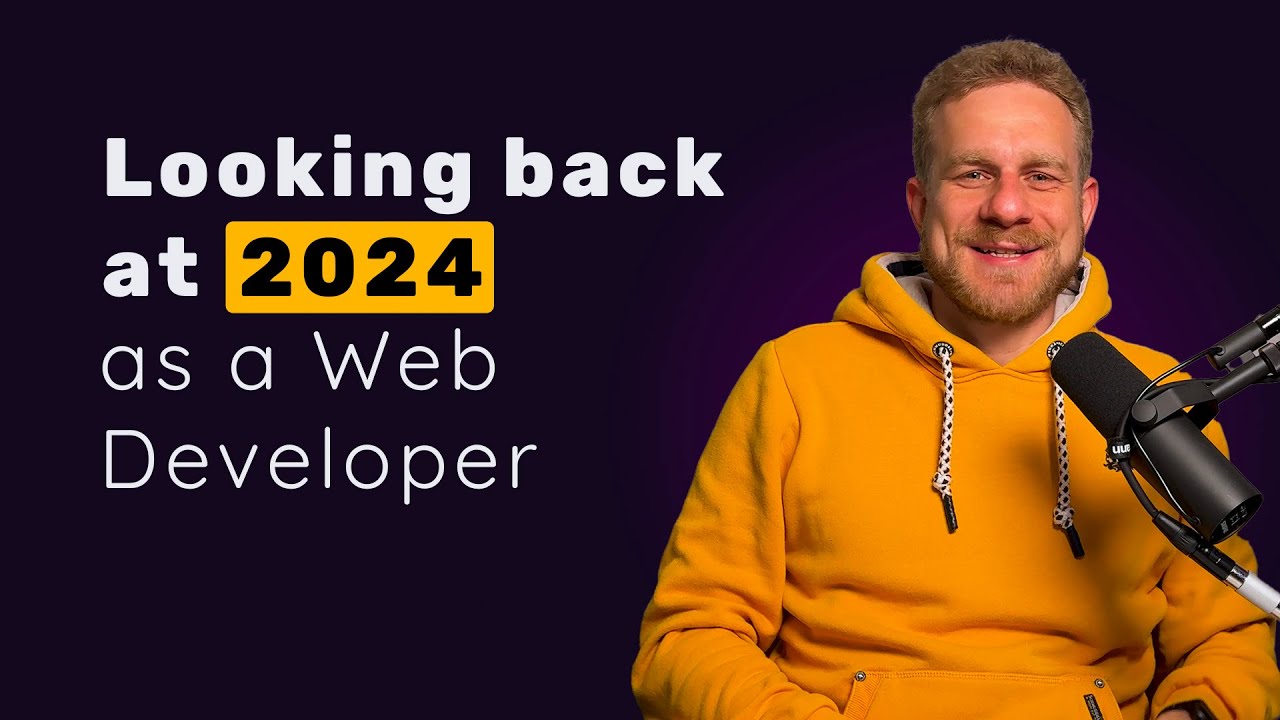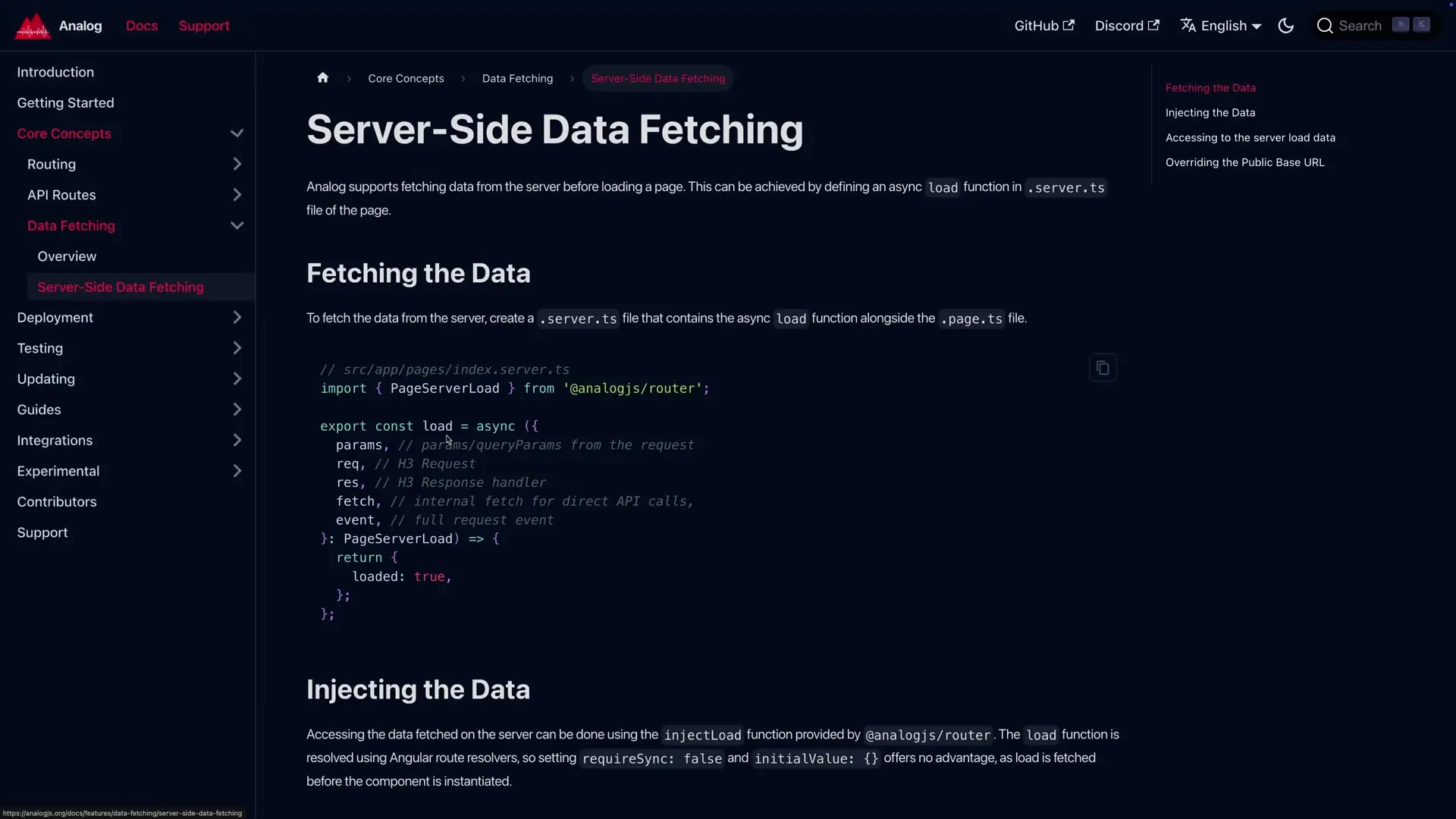
The web development landscape has experienced significant transformation, marked by major framework releases alongside industry-wide challenges. While new versions of established frameworks have brought powerful capabilities, developers now navigate a more competitive job market and the growing influence of AI on development practices.
The Changing Landscape for Web Developers
The macroeconomic environment has presented notable challenges for web developers. Job opportunities have decreased compared to the pandemic-era boom, with positions now below pre-pandemic levels. This shift has created a more competitive landscape where simply knowing the basics is no longer sufficient.
Today's market demands excellence - developers who can efficiently solve complex problems while leveraging modern tools. This represents a stark contrast to recent years when nearly anyone with basic coding skills could find employment. Now, standing out requires deeper expertise and a broader skill set.

AI Integration: Challenge or Opportunity?
Artificial intelligence has emerged as both a potential threat and powerful ally for web developers. Tools like GitHub Copilot, Claude, and ChatGPT can now generate decent code, raising questions about the future role of developers. However, AI's current limitations with solving highly complex problems independently suggest that human expertise remains essential.
The most successful developers will be those who embrace AI as a productivity multiplier rather than resist it. Learning to efficiently leverage these tools for code generation, problem-solving, and ideation has become a critical skill. Ultimately, a developer's value increasingly lies in their ability to solve problems effectively, with or without AI assistance.
- Master AI coding assistants like GitHub Copilot and Cursor
- Develop efficient prompting skills for LLMs like ChatGPT and Claude
- Focus on problem-solving abilities that complement AI capabilities
- Use AI to handle repetitive tasks while focusing on complex architecture decisions
React Ecosystem: Stability and Evolution
React 19 marked a significant milestone in 2023, stabilizing features that previously existed only in Canary releases. Server Components, which were previously accessible primarily through Next.js, are now stable with standardized APIs. The release also introduced new capabilities like the simplified 'use' hook and improved ref handling, designed to streamline React development.
The React Compiler entered beta, promising automatic optimization of React code for production. This tool aims to reduce render cycles while allowing developers to write simpler code with less concern about performance-oriented hooks like useCallback.
React Router 7: The Remix Integration
React Router version 7 represents another significant evolution in the React ecosystem. While maintaining backward compatibility, it has essentially absorbed the functionality of Remix, a framework previously focused on building full-stack React applications. This integration brings loaders, actions, and other powerful features directly into React Router.
This strategic move positions React Router as a potential competitor to Next.js by giving developers easy access to full-stack capabilities without switching frameworks. Since React Router is already used in most React applications, this could significantly impact how developers build React applications moving forward.
Next.js 15: Addressing Growing Pains
Next.js 15 focused on addressing key challenges that emerged with the App Router introduced in previous versions. The aggressive caching behavior that often led to confusing situations where updated data wouldn't appear has been refined with less aggressive defaults. Performance during development has also been improved to provide a more pleasant developer experience.
These refinements demonstrate a maturation of the framework as it responds to real-world developer feedback. While Next.js remains the dominant React framework, the competition from enhanced React Router capabilities presents an interesting dynamic for the future.

Angular's Renaissance Continues
Angular has continued its path of steady improvement and renewed popularity. The framework has been systematically addressing developer pain points and modernizing its approach through several key releases this year, including Angular 18 and 19.
Signals, released as a stable feature, represent one of the most significant additions to Angular. This new approach to state management and reactivity introduces a different mental model that, once embraced, can simplify development. More importantly, Signals pave the way for leaner Angular bundles by potentially eliminating the need for Zone.js in future releases.
- Standalone components that simplify Angular application structure
- Typed forms providing stronger type safety
- Improved server-side rendering with incremental rendering
- New, more intuitive syntax for conditional statements and loops in templates
- Signals for more efficient state management
A key strength of Angular's evolution has been its commitment to backward compatibility. New features are introduced in ways that allow gradual adoption, enabling teams to upgrade at their own pace without breaking existing applications.
Emerging Patterns: Less Framework Churn, More Refinement
A notable trend this year has been the reduced introduction of entirely new frameworks compared to previous years. While we saw the launch of TanStack Start, a new framework for building full-stack React applications, the industry appears to be shifting toward refining and enhancing existing tools rather than creating new ones.
This maturation suggests the web development ecosystem may be stabilizing around established solutions while focusing on making them more powerful, efficient, and developer-friendly. Express.js 5, for example, arrived after nearly a decade, demonstrating that even foundational tools continue to evolve rather than being replaced.

Strategies for Thriving in the Current Web Development Landscape
Given the current state of the industry, web developers should consider several strategies to remain competitive and continue growing professionally:
- Deepen expertise in established frameworks rather than chasing every new tool
- Master AI-assisted development workflows to boost productivity
- Focus on solving complex problems that demonstrate value beyond basic coding
- Develop full-stack capabilities to increase versatility
- Understand the architectural implications of framework choices rather than just syntax
The most successful developers will be those who can effectively leverage both established patterns and new capabilities, while demonstrating the problem-solving skills that remain uniquely human even in an AI-assisted development environment.
Conclusion: Adaptation in a Maturing Industry
The web development landscape continues to evolve, with established frameworks refining their offerings while the broader industry faces economic challenges and technological disruption from AI. Success in this environment requires adaptability, continuous learning, and a focus on solving meaningful problems rather than simply writing code.
As frameworks mature and AI capabilities expand, the definition of an effective web developer is changing. Those who embrace these changes while maintaining a strong foundation in development principles will be best positioned to thrive in the coming years, regardless of which specific frameworks or tools dominate the landscape.
Let's Watch!
Web Development Evolution: Major Framework Updates & Industry Shifts
Ready to enhance your neural network?
Access our quantum knowledge cores and upgrade your programming abilities.
Initialize Training Sequence